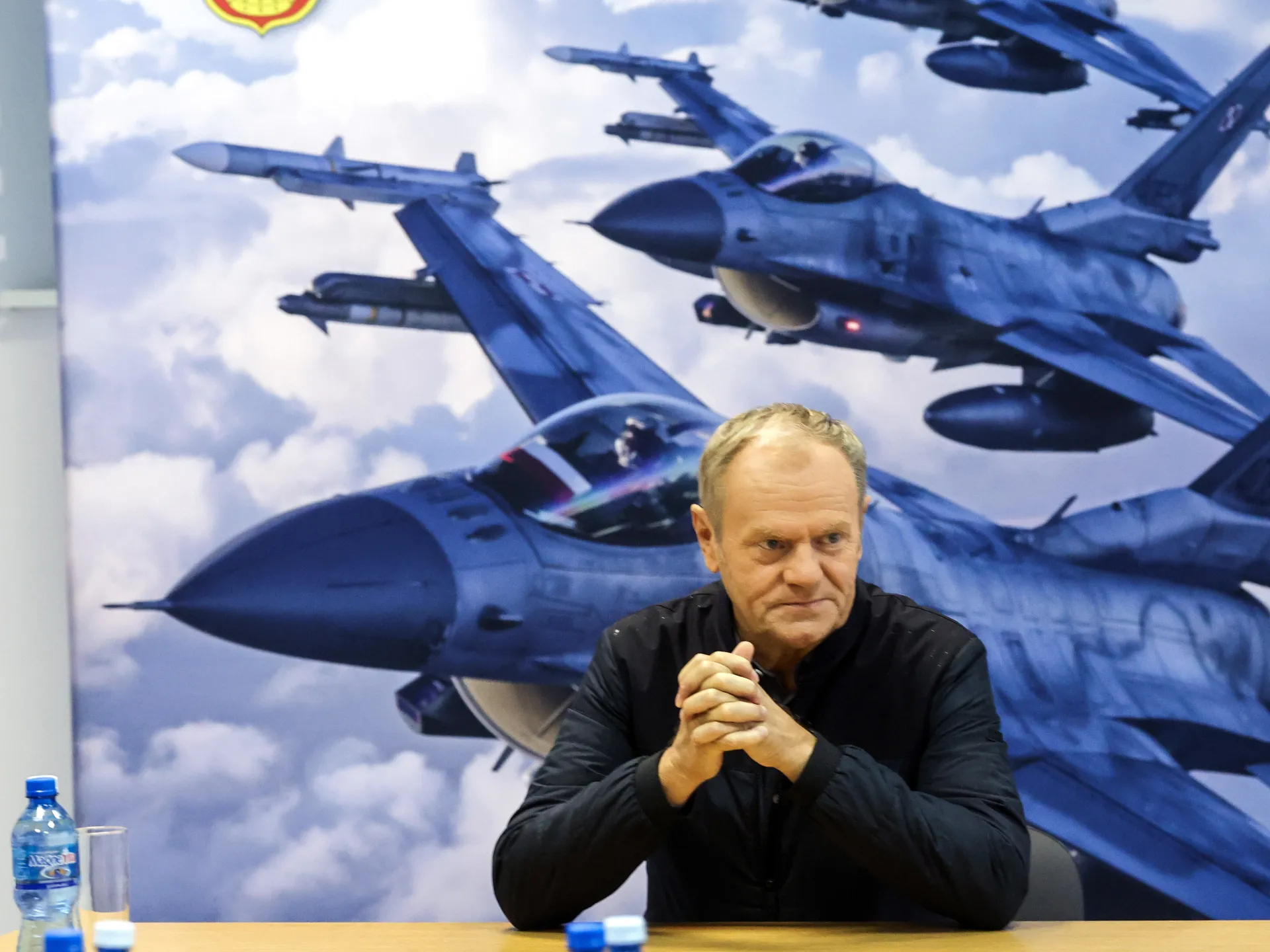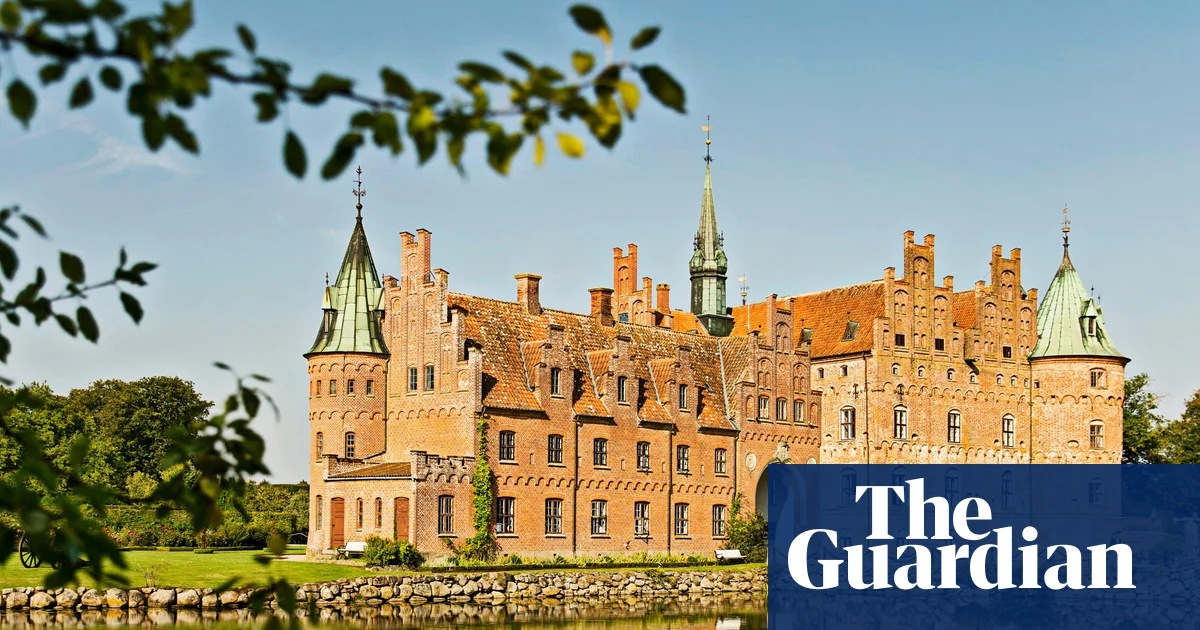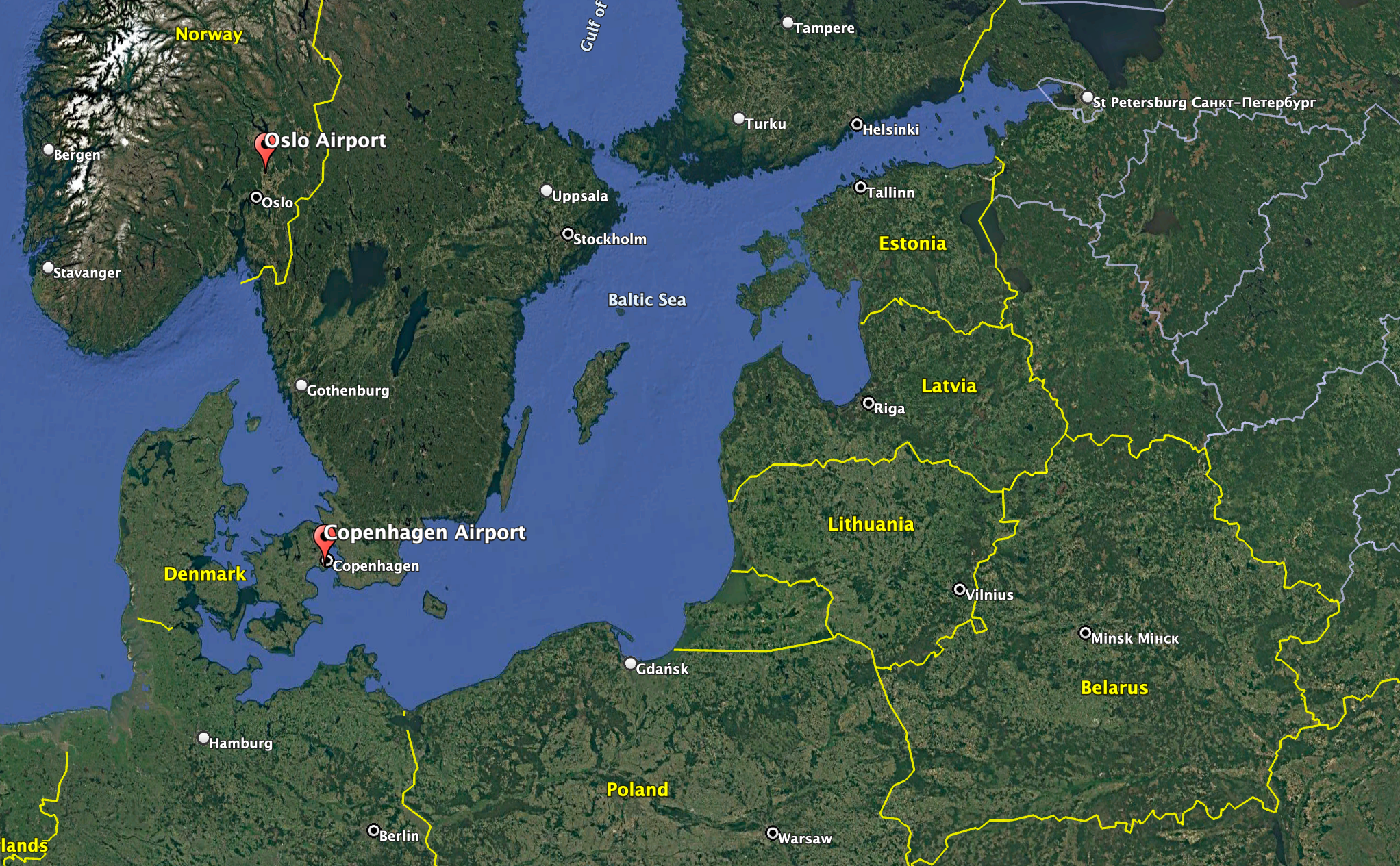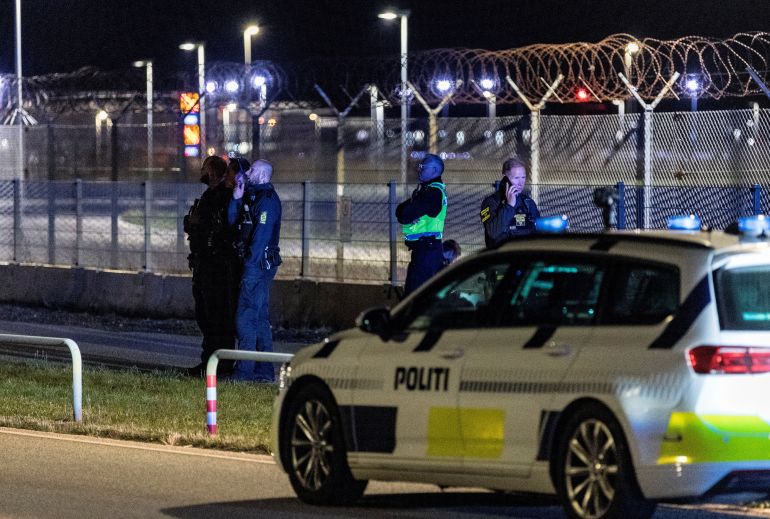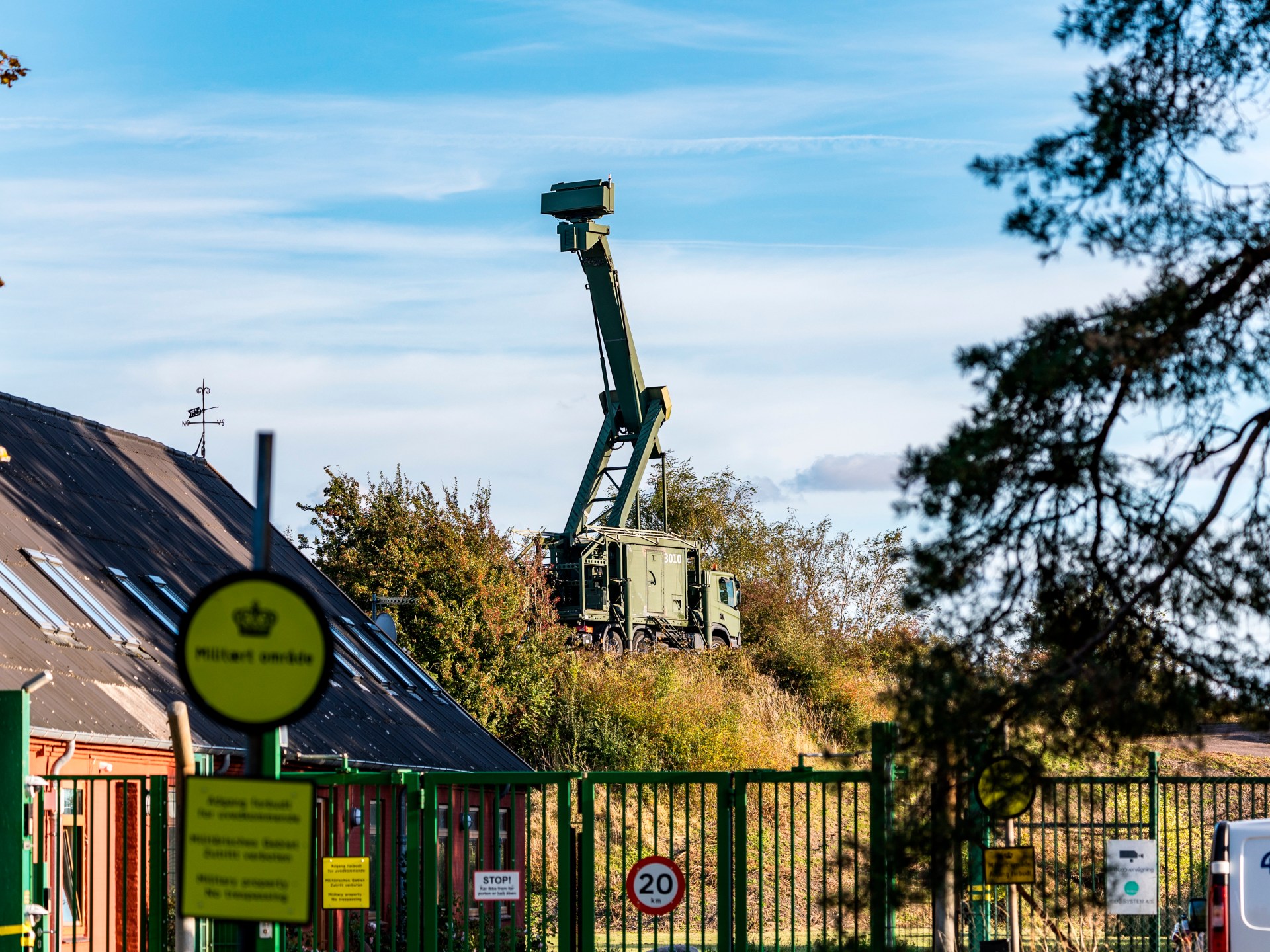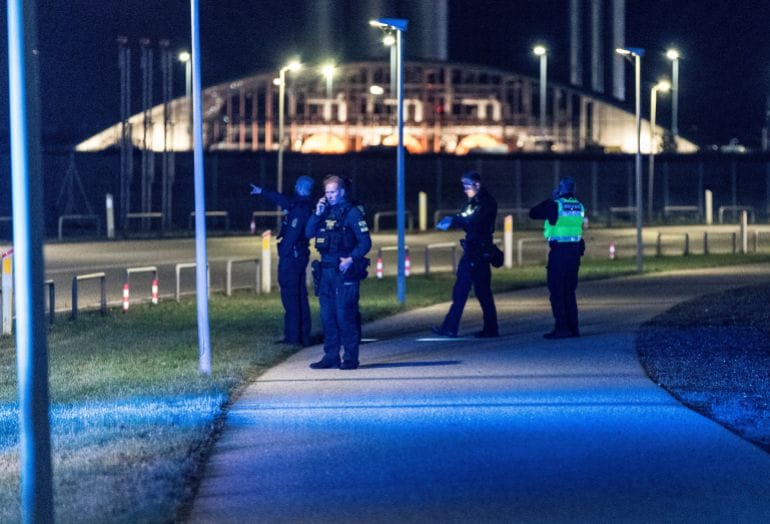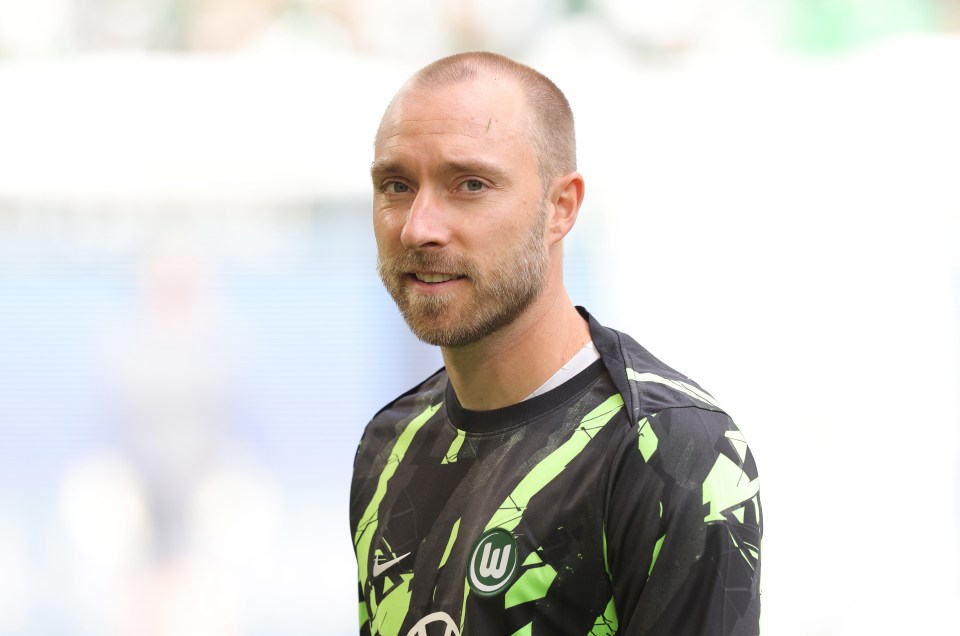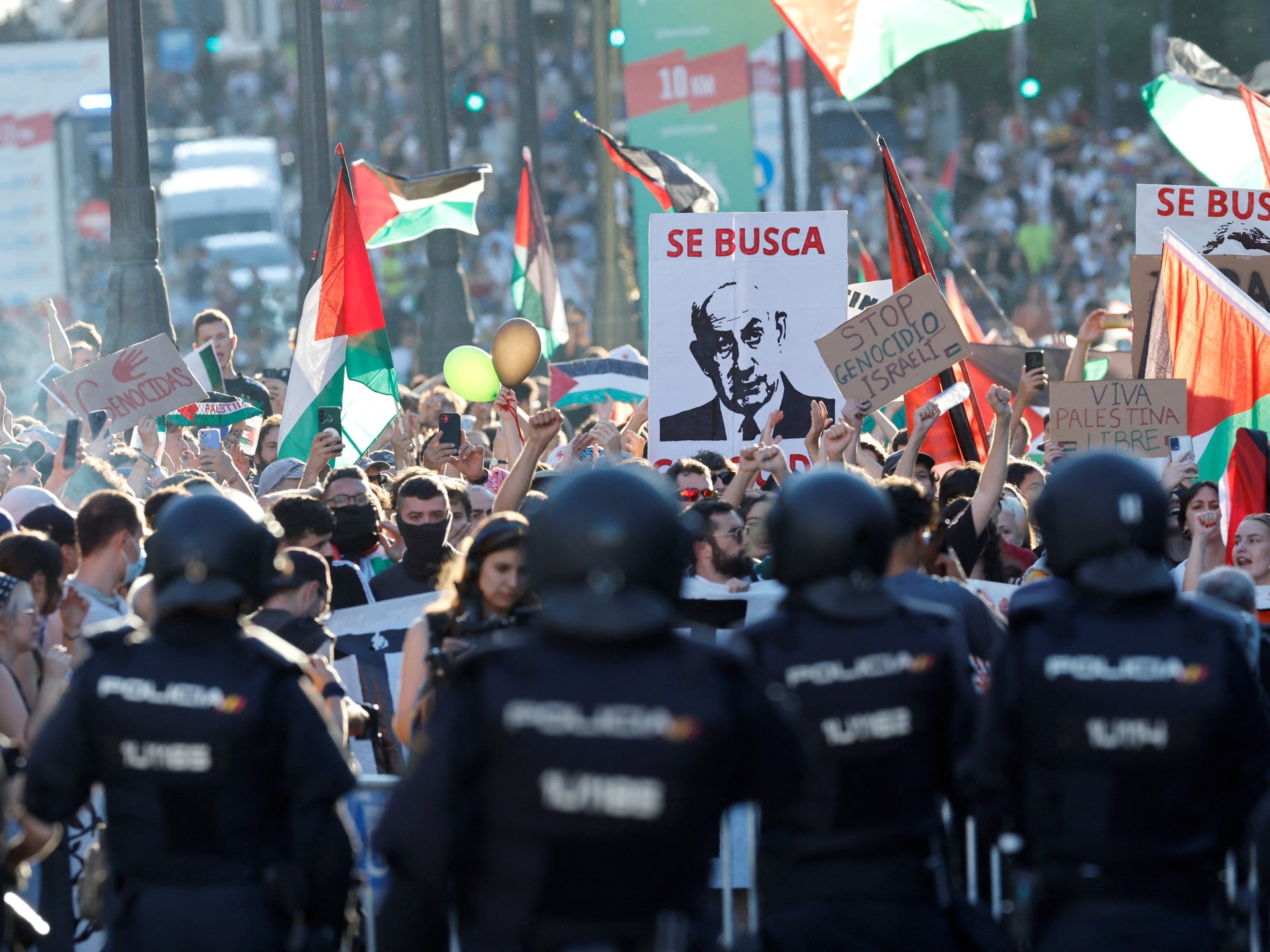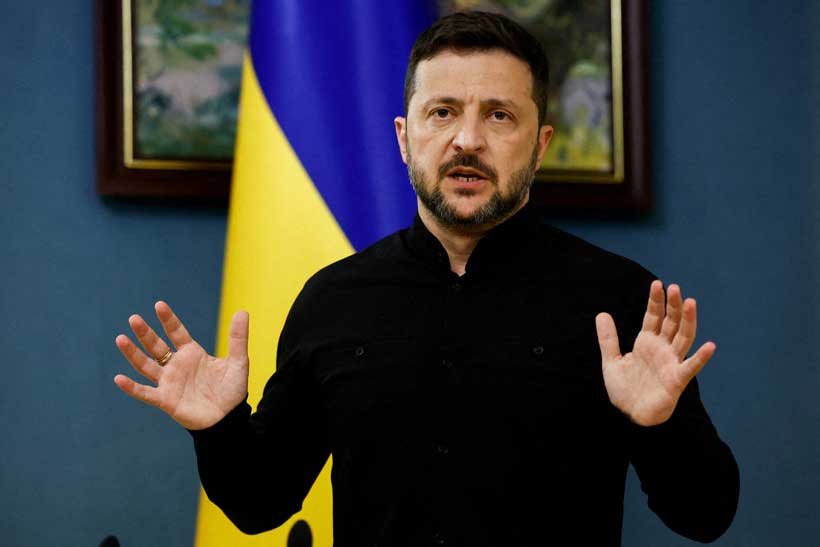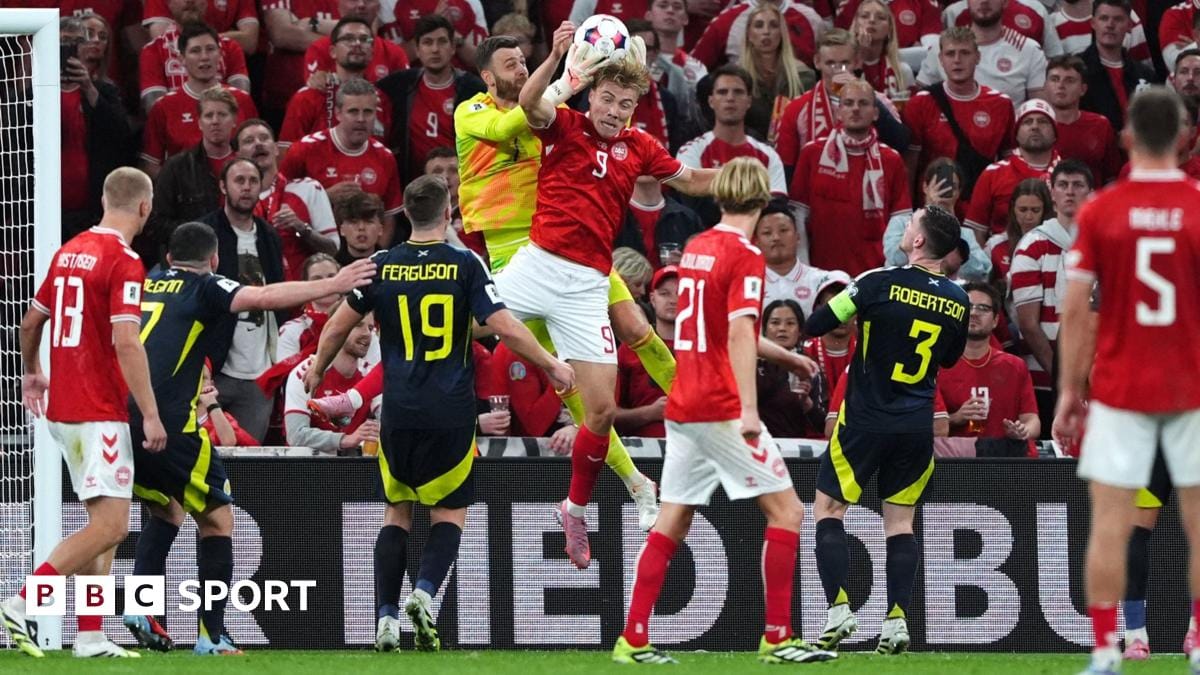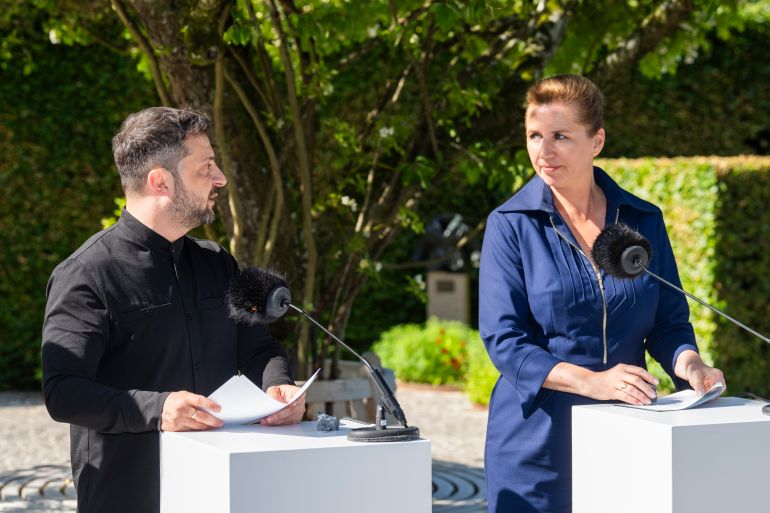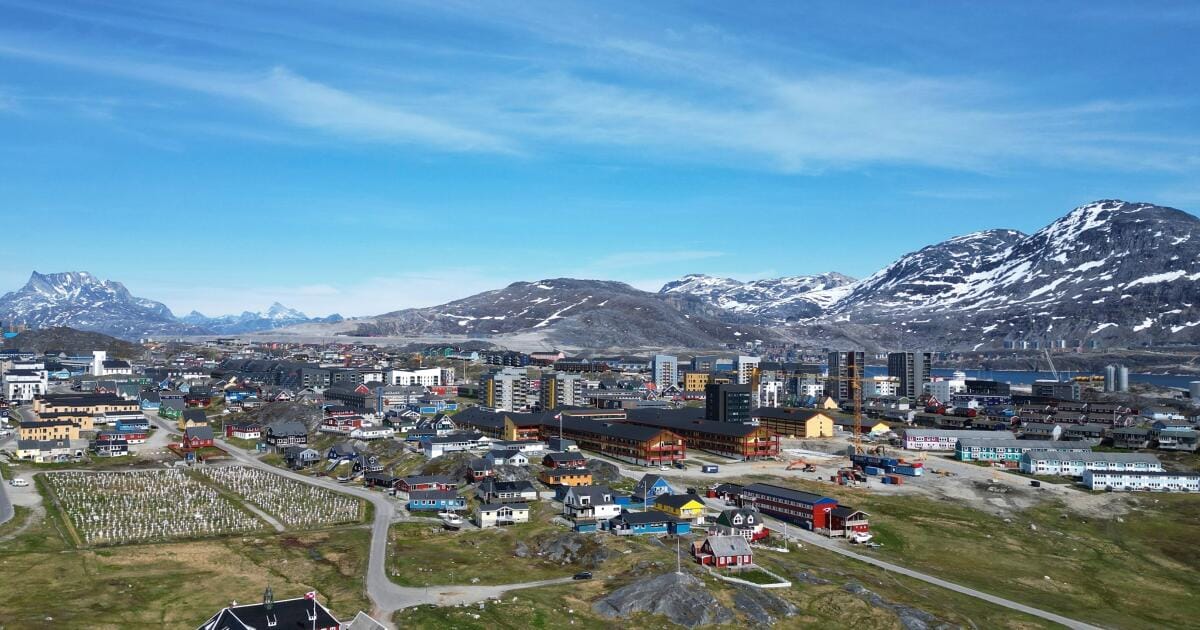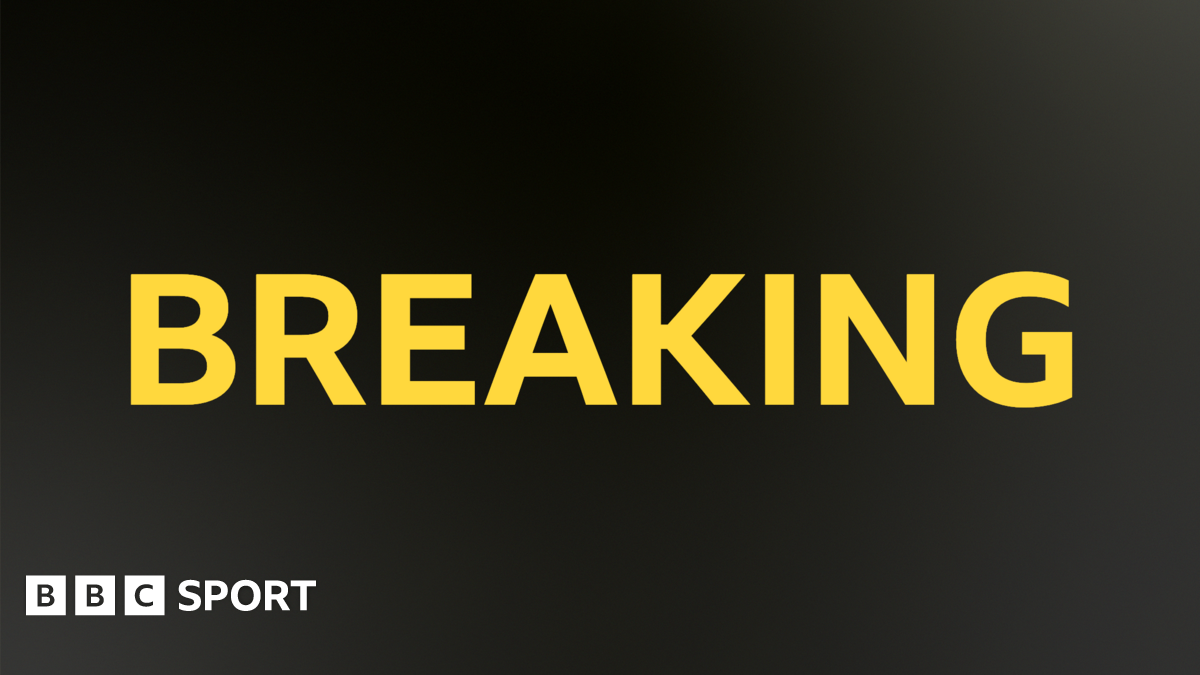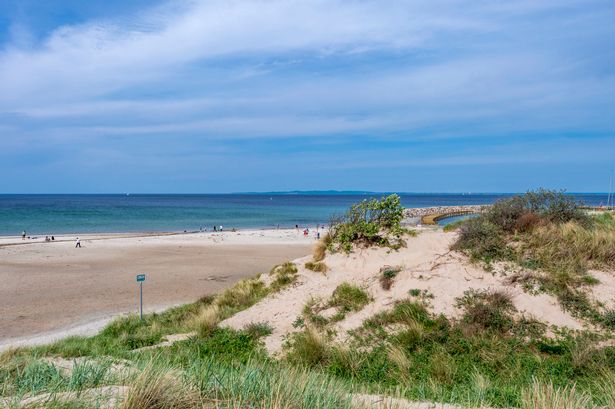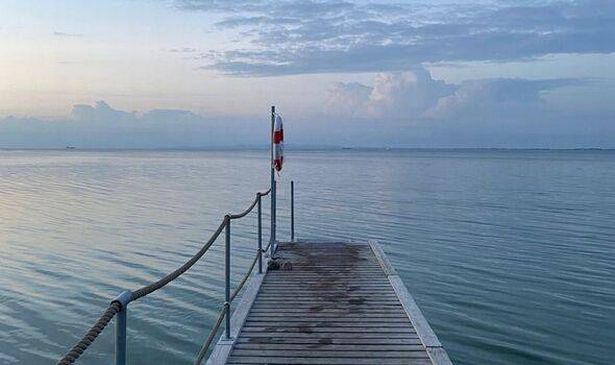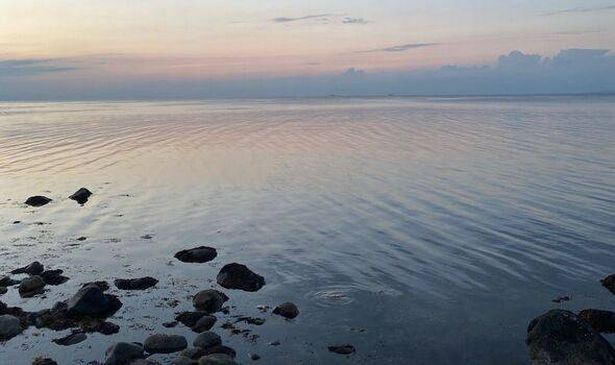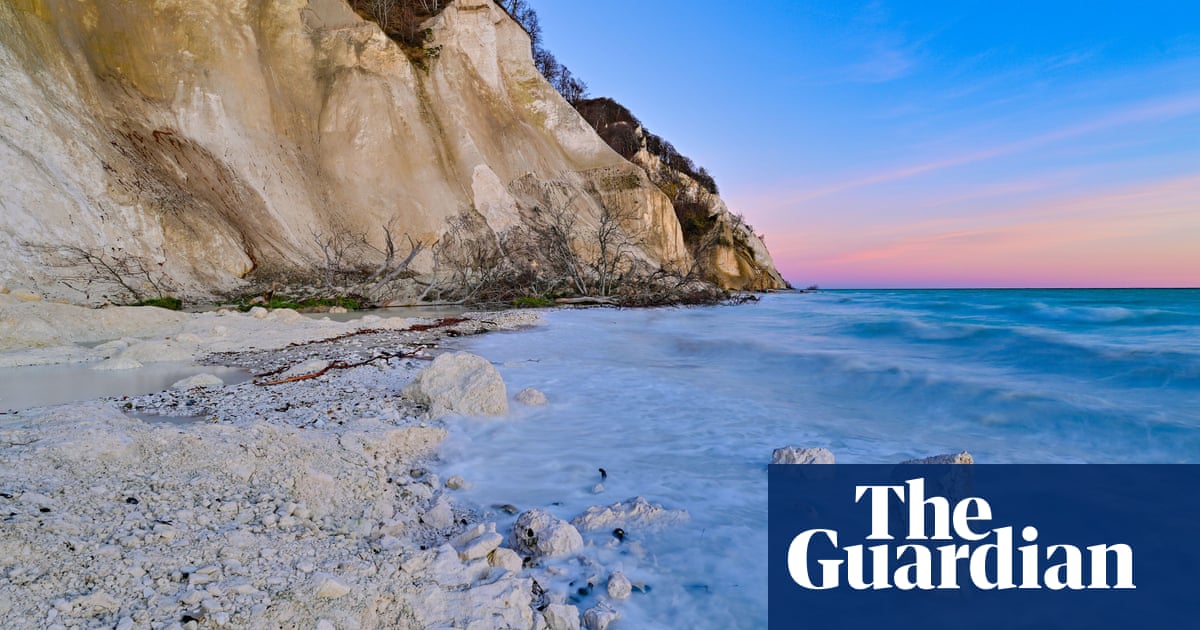Denmark’s Ministry of Foreign Affairs on Wednesday summoned a top United States diplomat in the country to discuss intelligence reports that US citizens have secretly tried to influence people in Greenland, an autonomous Danish territory coveted by US President Donald Trump, to oppose Danish rule.
Here is what Denmark has accused the US of doing and why Trump has ambitions to acquire Greenland.
What has Denmark accused the US of?
Denmark summoned Mark Stroh, the US charge d’affaires in Denmark, after the Danish public broadcaster, DR, reported on Wednesday that at least three Americans with links to Trump had been carrying out covert operations that sought to encourage Greenland to break away from Denmark and instead join the US. DR cited unnamed sources.
Greenland, which is situated between the Arctic Ocean and the North Atlantic Ocean, is the world’s largest island and is geographically part of North America.
The three American individuals, who DR reported were being closely watched by Danish authorities, were not named by the broadcaster. Their alleged activities include compiling lists of Greenlanders who support Trump and gathering information about tensions between Denmark and Greenland.
Danish Prime Minister Mette Frederiksen said: “Any interference in internal affairs in the kingdom of Denmark, and Greenlandic democracy, is unacceptable.”
“I note that the Americans have not clearly rejected the DR report today, and that is of course serious,” Fredriksen told Danish television.
Danish Minister of Foreign Affairs Lars Lokke Rasmussen also told AFP that he was aware of the “foreign actors” interested in Greenland’s position within Denmark.
Christine Nissen, chief analyst at Copenhagen-based think tank Europa, told Al Jazeera that Denmark’s summoning of a US diplomat was a “very rare” event.
“Summoning the US charge d’affaires for a formal protest is something Denmark only does in exceptional circumstances, and it signals just how seriously Copenhagen views the situation. It is clearly not routine diplomacy but a strong signal of protest,” said Nissen.
“Denmark has only done this once before in recent years – and notably over the same issue, when it summoned the US ambassador in response to a Wall Street Journal report suggesting that US intelligence agencies had been tasked with investigating Greenland’s independence movement and resource potential.”
In May, The Wall Street Journal reported that US intelligence agencies had been instructed by several high-ranking intelligence officials under US Director of National Intelligence Tulsi Gabbard to collect information about Greenland’s independence movement and local views on the US gaining access to Greenland’s natural resources.
The WSJ, which quoted two unnamed sources familiar with the issue, reported that the intelligence agencies had been tasked specifically with identifying Greenlanders and people from Denmark who supported US objectives for Greenland.
In May, when this report was published, Fredriksen told The Associated Press that the report was “rumours”, adding: “You cannot spy against an ally.”
After that report was published, Gabbard’s office released a statement, saying: “The Wall Street Journal should be ashamed of aiding deep state actors who seek to undermine the President by politicising and leaking classified information … Those who leak classified information will be found and held accountable to the fullest extent of the law.”
How has the US responded?
The US State Department released a statement confirming that the charge d’affaires and deputy chief of the US mission in Copenhagen, Mark Stroh, had met with officials from the Danish Foreign Ministry.
Stroh had “a productive conversation and reaffirmed the strong ties among the Government of Greenland, the United States, and Denmark”, the statement said. It added that the US respects “the right of the people of Greenland to determine their own future”.
However, the US State Department did not comment on the claims about the actions of US citizens. “The US government does not control or direct the actions of private citizens,” it stated.
What has Trump said about Greenland?
Greenland is home to about 56,000 people, most of whom are from the Indigenous Inuit community.
Since Trump’s first term, the US president has expressed an interest in Greenland’s accession to the US. Back then, Trump cancelled a trip to Copenhagen after Denmark refused to sell Greenland to the US.
During his second term as president, Trump has stepped up his interest in Greenland. In late December 2024, Trump posted on his Truth Social platform that “the ownership and control of Greenland is an absolute necessity”.
In response to this, Greenland’s Prime Minister Mute Egede said in a written statement: “Greenland is ours. We are not for sale and will never be for sale. We must not lose our long struggle for freedom.”
In January, ahead of his son Donald Trump Jr’s trip to Greenland, Trump again wrote on Truth Social: “Greenland is an incredible place, and the people will benefit tremendously if, and when, it becomes part of our Nation.”
After this, Frederiksen said: “Greenland belongs to the Greenlanders.” Rasmussen emphasised that Greenland did not want to become a part of the US.
Trump once again raised his ambitions to acquire Greenland in March, ahead of US Vice President JD Vance’s visit to the island. “We need Greenland. And the world needs us to have Greenland, including Denmark,” Trump told reporters at the White House, adding that the US will go “as far as we have to go” to make it happen.
“I have to say that it is unacceptable pressure being placed on Greenland and Denmark in this situation. And it is pressure that we will resist,” Frederiksen told Danish media at the time.
While Vance was initially slated to visit multiple towns, he cut his itinerary short to one day after news of his visit was met with anger in Europe. He ended up visiting the US Pituffik military base, which Greenland hosts.
During his trip, Vance took aim at Denmark, saying: “You have not done a good job by the people of Greenland. You have underinvested in the people of Greenland and you have underinvested in the security of this incredible, beautiful landmass.”
What is so important about Greenland?
Greenland is rich in minerals, including rare earth minerals essential for manufacturing batteries and high-tech products. A 2023 survey found that Greenland contains 25 out of 34 minerals designated as “critical raw materials” by the European Commission.
However, Greenland does not extract oil and gas since mining is opposed by the Indigenous communities there. The island’s economy relies primarily on its fishing industry.
The island is also strategically important to the US because it sits on the shortest route from North America to Europe, potentially providing the US with a strategic advantage in military operations and its ballistic missile early-warning system.
How have Denmark and Europe responded to Trump’s ambitions to acquire Greenland?
Officials from Denmark and Greenland have rebuked Trump and repeatedly stated that Greenland is “not for sale”.
In December, Denmark announced it would boost defence spending in Greenland by $1.5bn after Trump expressed his desire to take over the autonomous island.
European leaders have expressed solidarity with Denmark.
In January, after Trump refused to rule out military force to take Greenland, European leaders warned Trump against threatening “sovereign borders”.
“Borders must not be moved by force. This principle applies to every country, whether in the East or the West,” German Chancellor Olaf Scholz wrote in an X post. France’s foreign minister Jean-Noel Barrot said that Greenland was “European territory” and there was “no question of the EU letting other nations in the world, whoever they may be … attack its sovereign borders”.
Although Greenland is not a member of the European Union, it is included on the EU’s list of Overseas Countries and Territories (OCTs).
In June, French President Emmanuel Macron visited Greenland in a show of solidarity.
“It’s important to show that Denmark and Europe are committed to this territory, which has very high strategic stakes and whose territorial integrity must be respected,” Macron said during his visit.
Prior to his visit, Macron said during a United Nations Ocean Conference that Greenland and the deep seas were not “up for grabs”.
Are there other points of tension between the US and Denmark?
Tension between the US and Denmark emerged recently after the Trump administration stopped work on a nearly complete wind farm off the coast of Rhode Island in the US by Orsted, one of Denmark’s largest companies.
The Revolution Wind project was about 80 percent complete when it received the stop order on August 23. The stop order cited a need to “address concerns related to the protection of national security interests” without providing further details. On Monday, Orsted shares plunged 17 percent, hitting an all-time low.
In January, research by polling agency YouGov, shared with British newspaper The Guardian, showed that 46 percent of people surveyed in Denmark saw the US as either a “fairly big threat” or a “very big threat” to Denmark.
The US and Denmark are both founding members of NATO, and Denmark fought alongside the US in its wars in Afghanistan and Iraq.
How does Greenland feel about the US and Denmark?
Greenland was ruled by Denmark from the early 1700s until 1979, when it became a self-governing territory. Since 2009, Greenland has had the legal right to declare independence if its people choose to do so through a referendum.
All three major parties in Greenland support independence for the island, but have different ideas about the timeline for this and want Greenlanders to decide for themselves. Prime Minister Egede’s Inuit Ataqatigiit party supports independence but does not want to rush the process.
According to a poll conducted in January by pollster Verian, commissioned by the Danish newspaper Berlingske, 56 percent of Greenlanders would vote for independence if a referendum was held. Seventeen percent of Greenlanders responded saying they “don’t know” whether or not they would vote for Greenland to become an independent state.
Yet there is scant evidence that even those who want independence from Denmark want to join the US.
Meanwhile, tensions with Denmark exist, too.
The Danish government forcefully separated Inuit children from their families in 1951 and forced contraception upon 4,500 Inuit women – at least half of fertile Inuit females – during the 1960s and 1970s.
On Wednesday, Fredriksen apologised to the Inuit women who were forced to wear an intrauterine device (IUD) without their consent.
“We cannot change what has happened. But we can take responsibility. Therefore, on behalf of Denmark, I would like to say: I am sorry,” she said in a statement.
